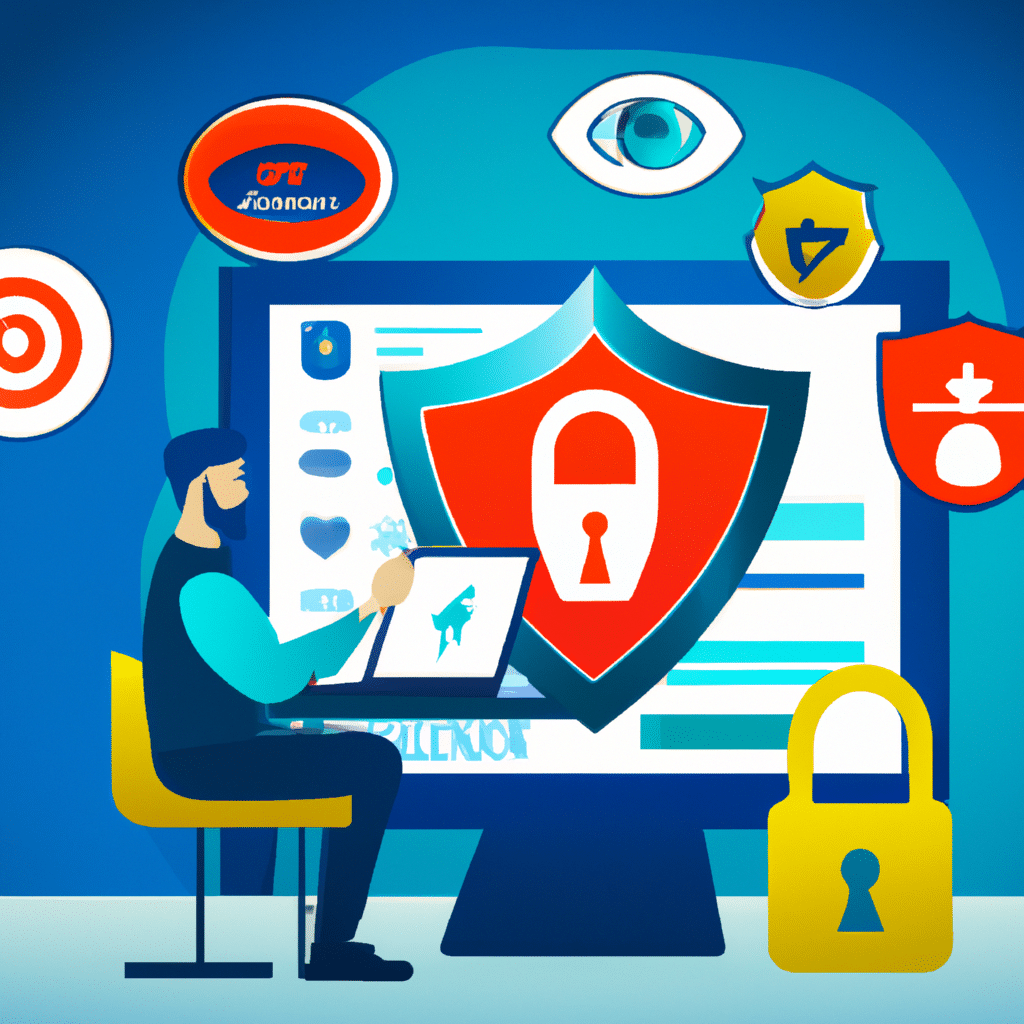In today’s world, online banking has become an essential part of our daily lives. It offers convenience and ease of access, but it also comes with its own set of risks. With the rise of cyber attacks and online scams, it is crucial to take measures to protect your online banking information. In this article, we will discuss the steps you can take to safeguard your financial data and prevent unauthorized access.

Use Strong Passwords
Your password is the first line of defense against unauthorized access to your online bank account. It is crucial to use a strong password that is difficult to guess. Avoid using personal information such as your name, date of birth or phone number as your password. Instead, use a combination of uppercase and lowercase letters, numbers, and symbols. A good rule of thumb is to use at least 12 characters in your password.
Enable Two-Factor Authentication
Two-factor authentication adds an extra layer of security to your online banking account. It requires you to provide a second form of identification, such as a code sent to your mobile phone or email, before you can access your account. This makes it much more challenging for hackers to gain access to your account.
Keep Your Software Up to Date
Keeping your software up to date is essential for maintaining the security of your online banking account. This includes your operating system, web browser, and antivirus software. Updates often include security patches that address vulnerabilities that could be exploited by hackers. Set your software to update automatically to ensure you are always protected.
Use a Secure Network
When accessing your online banking account, ensure that you are using a secure network. Avoid using public Wi-Fi networks, as they are often unsecured and can be easily intercepted by hackers. Instead, use a secure, password-protected network or a virtual private network (VPN) to encrypt your data.
Be Cautious of Phishing Scams
Phishing scams are designed to trick you into revealing your personal and financial information. They often come in the form of emails, text messages, or phone calls that appear to be from your bank. Be cautious of any unsolicited messages, and do not click on any links or download any attachments unless you are certain they are legitimate.
Monitor Your Account Regularly
Regularly monitoring your online bank account is crucial for detecting any unauthorized activity. Check your account balance and transaction history regularly for any unusual activity, such as transactions you did not make. If you notice anything suspicious, contact your bank immediately.
Use a Reputable Bank
When choosing an online bank, it is essential to choose a reputable institution with a proven track record for security. Do your research and choose a bank that uses encryption and other security measures to protect your data. Look for banks that offer fraud protection and other security features, such as biometric authentication.
In conclusion, protecting your online banking information is essential in today’s digital age. By following these steps, you can help ensure that your financial data remains safe and secure. Remember to use strong passwords, enable two-factor authentication, keep your software up to date, use a secure network, be cautious of phishing scams, monitor your account regularly, and choose a reputable bank. Taking these simple steps can go a long way in preventing unauthorized access to your online bank account.












